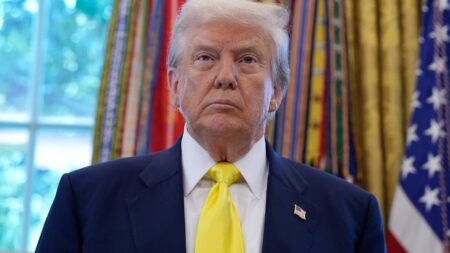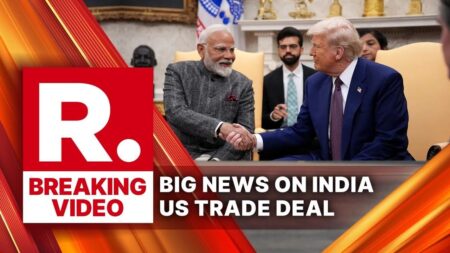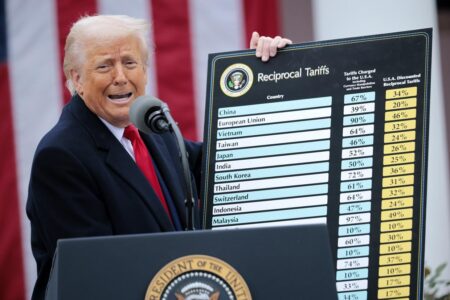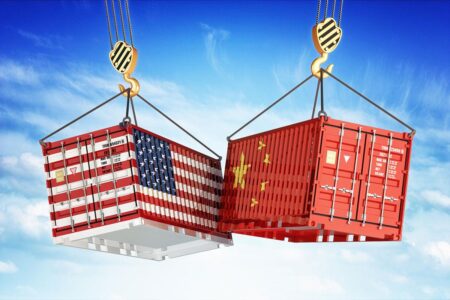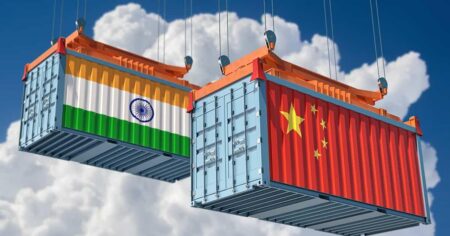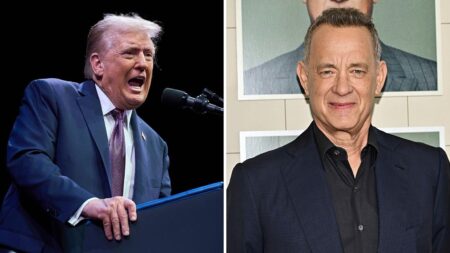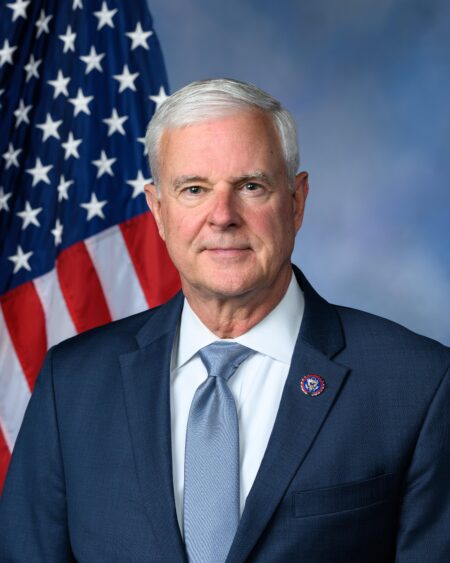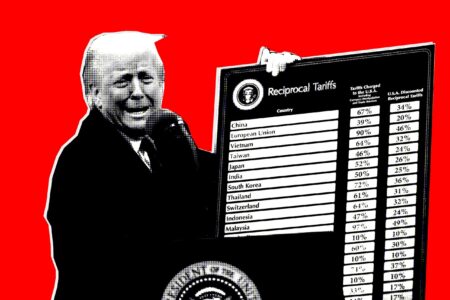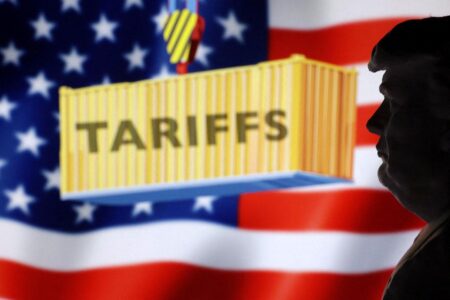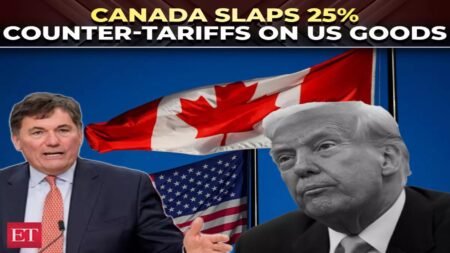U.S. farmers are facing fresh challenges as China shifts its soybean purchases to Argentina, delivering a significant blow to American exports. This change underscores shifting trade dynamics and poses major hurdles for the U.S. agricultural sector, Pro Farmer reports
Browsing: trade policy
Former President Trump is preparing to unleash stronger tariff powers by imposing a 15% baseline tariff on Japanese imports. This bold strategy targets trade imbalances head-on and aims to turbocharge U.S. manufacturing, signaling a tougher, more determined stance toward Japan
Canada’s recent tariff remission has sparked fierce backlash, with industry experts condemning it as a ‘bait and switch’ that undermines trade trust and puts economic stability at risk amid ongoing global supply challenges
Argentina’s soy crushers are facing mounting challenges as the lasting impacts of the Trump-era trade war continue to ripple through the industry, despite a booming surge in exports. Persistent supply chain disruptions and soaring costs are squeezing profit margins, putting intense pressure on the sector’s financial health
India and the US have reignited in-person trade talks for the first time since former President Trump slapped on 50% tariffs. These high-stakes discussions are focused on breaking down major trade barriers and setting the stage for a powerful economic partnership
Trump’s tariffs on Canadian goods have catapulted Mark Carney into the spotlight, challenging his ability to navigate escalating economic tensions and maintain stability amid intensifying trade disputes
China has firmly rejected former President Trump’s threat of 100% tariffs, declaring, “We don’t take part in wars.” This powerful statement underscores Beijing’s determination to steer clear of a dangerous escalation in trade tensions with the U.S
Carney unveils bold new infrastructure and trade initiatives designed to tackle the challenges posed by Trump’s tariffs on Canada. This ambitious plan aims to supercharge exports and build a stronger, more resilient economy
Morgan Stanley shines a spotlight on the evolving dynamics of India-China trade, uncovering how shifting supply chains and new policies are transforming the market landscape. The report explores thrilling future opportunities arising amid rising geopolitical tensions and significant economic realignments
Mexican tariffs on Korean-made vehicles are handing Japanese automakers a significant advantage in the region. With lower import duties, Japan’s carmakers can deliver more attractive prices, leaving their Korean competitors struggling to keep up, reports The Japan Times
Former US President Donald Trump has eased his tariff position and reignited talks with Indian PM Narendra Modi, fueling excitement for a new era of partnership. Modi welcomed the move enthusiastically, hinting at the promise of deeper and stronger bilateral relations ahead
U.S. Congressman Jackson fiercely criticized former President Trump’s tariffs on Indian goods, calling them a harmful blow to the crucial trade ties between the two countries. He urged for a bold new diplomatic strategy to reinvigorate and strengthen the economic and strategic bonds between the U.S. and India
Farmers sound the alarm as Brazil’s trade barriers disrupt the ethanol market, sparking export chaos and sending prices on a wild ride. Industry leaders urge swift action to remove restrictions and ensure a stable, prosperous future for the sector
China has put off its final call in the intense canola trade standoff with key supplier Canada, Reuters reveals. This unexpected delay deepens the uncertainty for exporters caught in the midst of an already strained bilateral relationship
Japan enthusiastically embraces President Trump’s directive to cut tariffs on automobiles and other goods, igniting hope for stronger trade relations and exciting economic benefits for both nations, ABC News reports
Trump intensifies his attacks on India amid soaring tariff tensions, while analyst Bessent forecasts the Supreme Court will uphold the tariffs. Stay tuned for live updates on this heated trade showdown!
In a landmark US Supreme Court case on tariffs, former President Trump spotlighted India, linking the dispute directly to the ongoing Ukraine-Russia conflict. This powerful appeal highlights how global geopolitical tensions are dramatically influencing today’s trade policies
The Guardian explores how Donald Trump’s tariff war dramatically transformed global trade, unexpectedly amplifying China’s power while severely straining US-India relations. This editorial unravels the complex and far-reaching impacts on the geopolitical landscape
US companies operating in China are standing their ground despite soaring tariffs, highlighting intricate supply chains and strong market connections. Many confess they feel “trapped,” as relocating operations would be both expensive and extremely difficult
Most of Canada’s counter-tariffs on U.S. goods have now been lifted, marking a significant step toward easing trade tensions between the two countries. This encouraging progress follows months of intense negotiations aimed at restoring a smoother and more collaborative bilateral trade relationship


